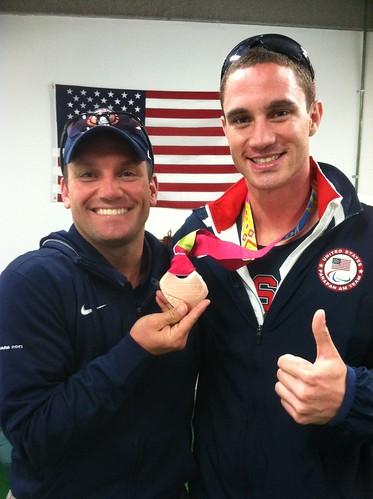
When thinking about exercises to improve lower extremity strength for skiing, quadriceps (quads), and dominant movements such as lunges and plyometrics, typically come to mind. While quad strength is important, you need to look beyond this if you want to stay strong and injury free all season long.
Many athletes, especially skiers, are quad dominant. This means their knee extensors are much stronger than their knee flexors. Also, these athletes will often have imbalances, including weak glutes and overactive or tight hip flexors. A frequent mistake in strength training is to over-emphasize the exercises targeting the most commonly used muscles. To create more balance and stability, we need to strengthen the muscles and movements that oppose those primary muscles to keep from making an established imbalance worse.
Exercises that target the posterior chain (muscles that include the back extensors, glutes and hamstrings) can help offset some of the common imbalances. The hamstrings have a direct effect on stabilizing the knee by decelerating knee extension and reducing the shearing forces on the anterior cruciate ligament (ACL). This results in more stable knees and hips, stronger skiing and decreased injury potential.
There are many exercises that address the posterior chain. Squats and lunges are exercises used in most ski conditioning classes, however depending on how they are performed, they are exercises that can be very quad dominant. Simply keeping a more erect posture and maintaining balance through the mid foot to heel will help shift the emphasis to the glutes and back extensor muscles. When performed correctly, other exercises such as dead lifts, glute-hamstring raises, hamstring curls and bridging can effectively target the muscles of the posterior chain.
Some exercises, like hamstring curls, body weight side lunges (with attention to weight distribution) and bridging can be done with little or no equipment and still yield excellent results. Hamstring curls done on hardwood flooring while wearing socks or having a towel under your feet is a great way to increase resistance with your own body weight. Bridges, specifically single leg, can address both flexibility of the hip flexor and end range extension of the hip.
To view these exercises and to learn more about how to address the posterior chain for keeping you skiing strong all season, visit www.vailhealth.com and click on the “Spine & Sport Health Tip” link.
Mark Pitcher is a chiropractor, exercise physiologist and TRX instructor with Vail Integrative Medical Group at Vail Vitality Center located at Vail Mountain Lodge and Spa. He specializes in rehabilitative medicine.
http://www.vaildaily.com/article/20111219/AE/111219801/1078&ParentProfile=1062


